The deep sea is a realm of perpetual darkness, where life takes on forms so bizarre they seem plucked from the pages of a science fiction novel. Among its most peculiar inhabitants is the anglerfish, a creature that has perfected the art of survival in one of Earth’s most inhospitable environments. But beyond its grotesque appearance and bioluminescent lure lies a reproductive strategy so extraordinary it borders on the macabre: sexual parasitism. This is the story of how the anglerfish turns the concept of love into a literal, lifelong bond—one that involves the male fusing to the female’s body, becoming little more than a sperm-producing appendage.
Anglerfish belong to the order Lophiiformes, a group of over 200 species that inhabit the ocean’s midnight zone, where sunlight never penetrates. The females are the stuff of nightmares—bulbous heads lined with needle-like teeth, and a bioluminescent "fishing rod" sprouting from their foreheads to lure prey. Males, however, are inconspicuous dwarfs, often less than a tenth the size of their mates. Their sole purpose? To find a female and never let go.
The courtship ritual of the anglerfish is less a dance and more a desperate hunt. In the vast, empty abyss, encountering a mate is a rare event. When a male detects the pheromones of a female, he follows the scent until he finds her. Then, in a moment of grotesque intimacy, he latches onto her flesh with his sharp teeth. Enzymes secreted by his mouth begin to dissolve both their skin tissues, fusing them at a cellular level. Over time, his body atrophies: his eyes, fins, and internal organs wither away until only his testes remain. The female’s bloodstream nourishes him, and in return, he becomes her permanent sperm bank, ready to fertilize her eggs whenever she’s ready to spawn.
This phenomenon, known as sexual parasitism, is one of the most extreme examples of sexual dimorphism in the animal kingdom. It raises unsettling questions about the boundaries of individuality and symbiosis. Is the male anglerfish still an independent organism, or has he become an organ of the female? Scientists argue it’s a form of obligate symbiosis—a relationship so interdependent that neither can survive without the other, at least reproductively. For the male, this fusion is a genetic triumph; his DNA lives on, even as his body vanishes.
What’s even more astonishing is how the female’s immune system tolerates this invasion. In most vertebrates, foreign tissue triggers an immune response that would reject the male’s cells. But anglerfish have evolved a workaround: they’ve lost key genes responsible for antigen recognition, effectively turning off their ability to attack the male’s tissue. This discovery, made in 2020, stunned immunologists and offered clues for human medical research, particularly in organ transplantation.
The anglerfish’s reproductive strategy is a testament to the brutality of deep-sea survival. In an environment where resources are scarce and encounters are rare, evolution has favored extreme adaptations. For the anglerfish, love isn’t just blind—it’s a permanent, flesh-bound merger. And while this might seem like a horror story, it’s also a poignant reminder of life’s ingenuity. Even in the crushing darkness of the abyss, nature finds a way.
Beyond its shock value, the anglerfish’s life cycle challenges our anthropocentric views of partnership and sacrifice. Humans romanticize love as a union of equals, but the anglerfish presents a different narrative: one of absolute surrender for the sake of genetic continuity. It’s a stark contrast to the fleeting, often competitive mating rituals of other species. Perhaps there’s a dark poetry in this arrangement—a creature that literally becomes part of its beloved, dissolving into her flesh to ensure their legacy in the eternal night of the deep.
Scientists continue to study these enigmatic creatures, probing the limits of their biology. Each new discovery peels back another layer of mystery, revealing how life thrives in the planet’s most alien landscape. The anglerfish, with its glowing lure and parasitic love, remains a symbol of the ocean’s hidden wonders—a reminder that the deepest waters hold secrets far stranger than fiction.

By /Jun 10, 2025
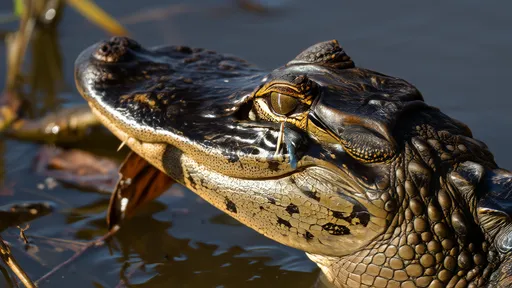
By /Jun 10, 2025
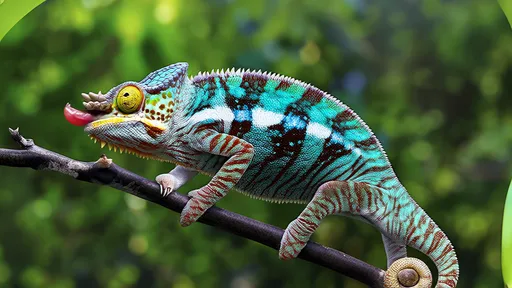
By /Jun 10, 2025

By /Jun 10, 2025
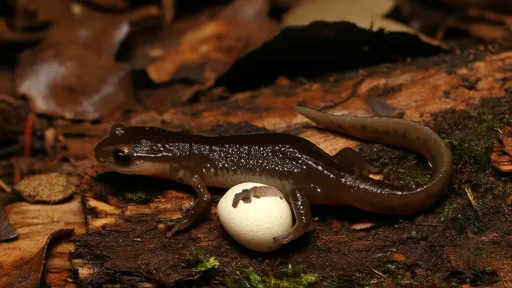
By /Jun 10, 2025
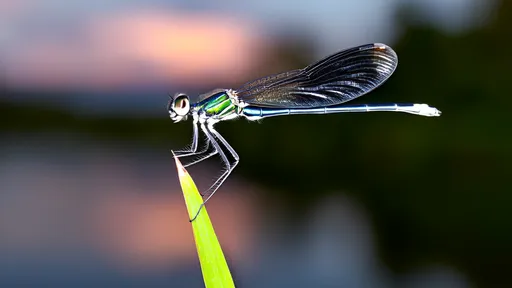
By /Jun 10, 2025
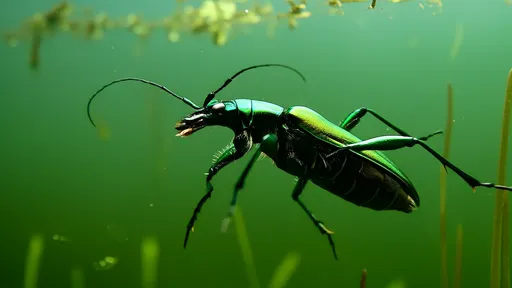
By /Jun 10, 2025
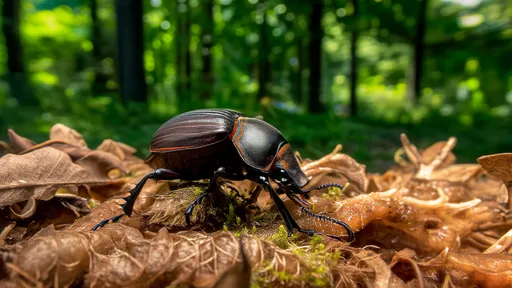
By /Jun 10, 2025
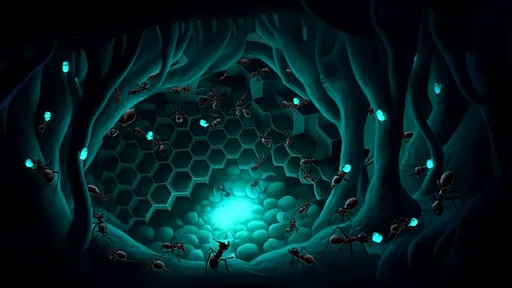
By /Jun 10, 2025
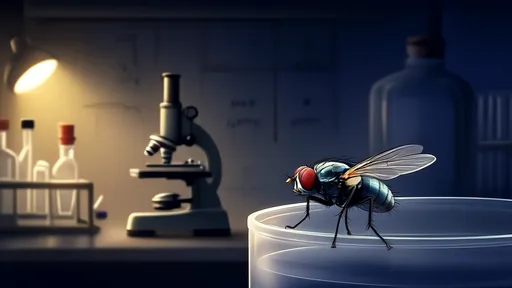
By /Jun 10, 2025

By /Jun 10, 2025
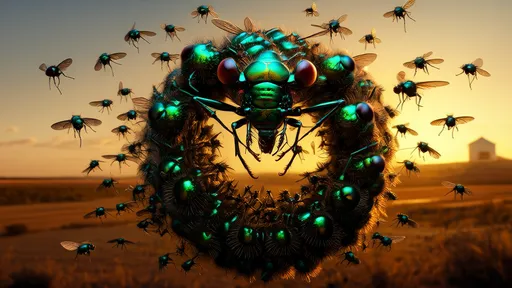
By /Jun 10, 2025
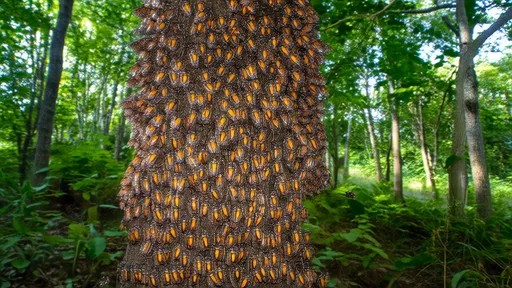
By /Jun 10, 2025
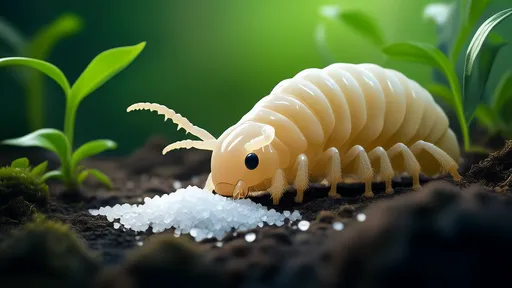
By /Jun 10, 2025

By /Jun 10, 2025

By /Jun 10, 2025
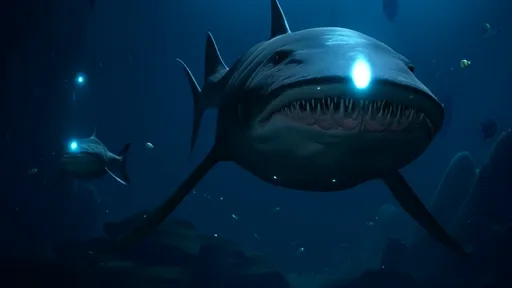
By /Jun 10, 2025